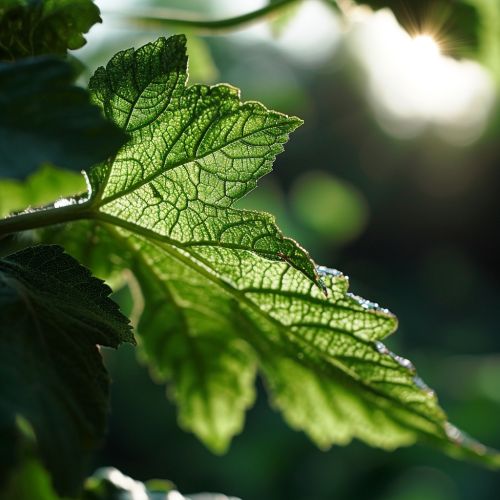Evolution of Antimicrobial Compounds in Plants
Introduction
The evolution of antimicrobial compounds in plants is a fascinating area of study in the field of botany and phytochemistry. Plants have evolved a diverse array of antimicrobial compounds as a defense mechanism against a variety of pathogens. These compounds, which include phytoalexins, phenolics, terpenoids, and alkaloids, among others, have been the subject of extensive research due to their potential applications in human medicine and agriculture.


Evolutionary Aspects of Antimicrobial Compounds in Plants
The evolution of antimicrobial compounds in plants is believed to be driven by the constant arms race between plants and their pathogens. This has led to the development of a wide array of antimicrobial compounds, each with a unique mode of action and spectrum of activity.
Natural Selection and Antimicrobial Compounds
Natural selection plays a crucial role in the evolution of antimicrobial compounds in plants. Plants that produce effective antimicrobial compounds are more likely to survive and reproduce, passing on these traits to their offspring. Over time, this leads to the evolution of plants with increasingly effective antimicrobial defenses.
Co-evolution of Plants and Pathogens
The co-evolution of plants and their pathogens is another important factor in the evolution of antimicrobial compounds. As plants evolve new antimicrobial defenses, pathogens evolve new ways to overcome these defenses. This ongoing arms race drives the continual evolution of new and more effective antimicrobial compounds.
Types of Antimicrobial Compounds in Plants
Plants produce a wide variety of antimicrobial compounds, each with its own unique properties and modes of action. These compounds can be broadly categorized into several classes, including phytoalexins, phenolics, terpenoids, and alkaloids.
Phytoalexins
Phytoalexins are antimicrobial compounds that are produced by plants in response to pathogen attack. They are typically not present in healthy plants but are rapidly synthesized and accumulated in response to infection.
Phenolics
Phenolic compounds are a diverse group of antimicrobial compounds that are widely distributed in the plant kingdom. They include simple phenols, phenolic acids, flavonoids, and tannins, among others.
Terpenoids
Terpenoids, also known as isoprenoids, are a large and diverse class of antimicrobial compounds. They are derived from the five-carbon compound isoprene and include monoterpenes, sesquiterpenes, diterpenes, triterpenes, and tetraterpenes.
Alkaloids
Alkaloids are a diverse group of nitrogen-containing compounds with potent antimicrobial activity. They are produced by a wide variety of plants and include compounds such as morphine, quinine, and strychnine.
Mechanisms of Action of Antimicrobial Compounds in Plants
The antimicrobial compounds produced by plants act through a variety of mechanisms to inhibit the growth of pathogens. These mechanisms include disruption of cell membranes, inhibition of essential enzymes, interference with DNA and RNA synthesis, and induction of oxidative stress.
Applications of Antimicrobial Compounds from Plants
The antimicrobial compounds produced by plants have a wide range of applications in human medicine and agriculture. They are used in the treatment of infectious diseases, as preservatives in food and cosmetics, and as pesticides in agriculture.
